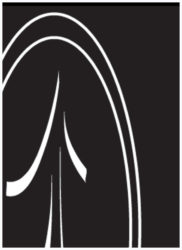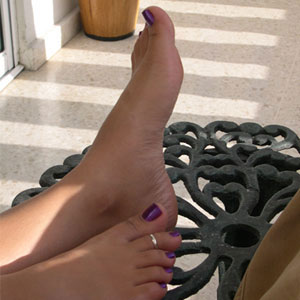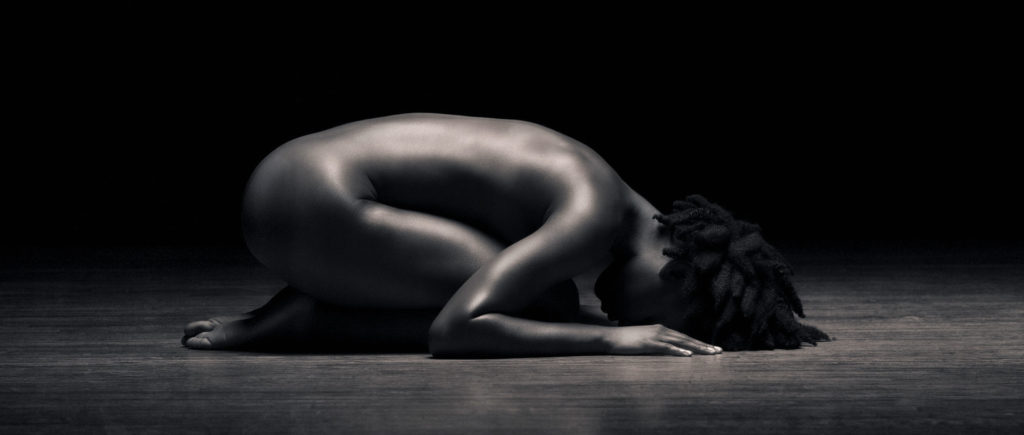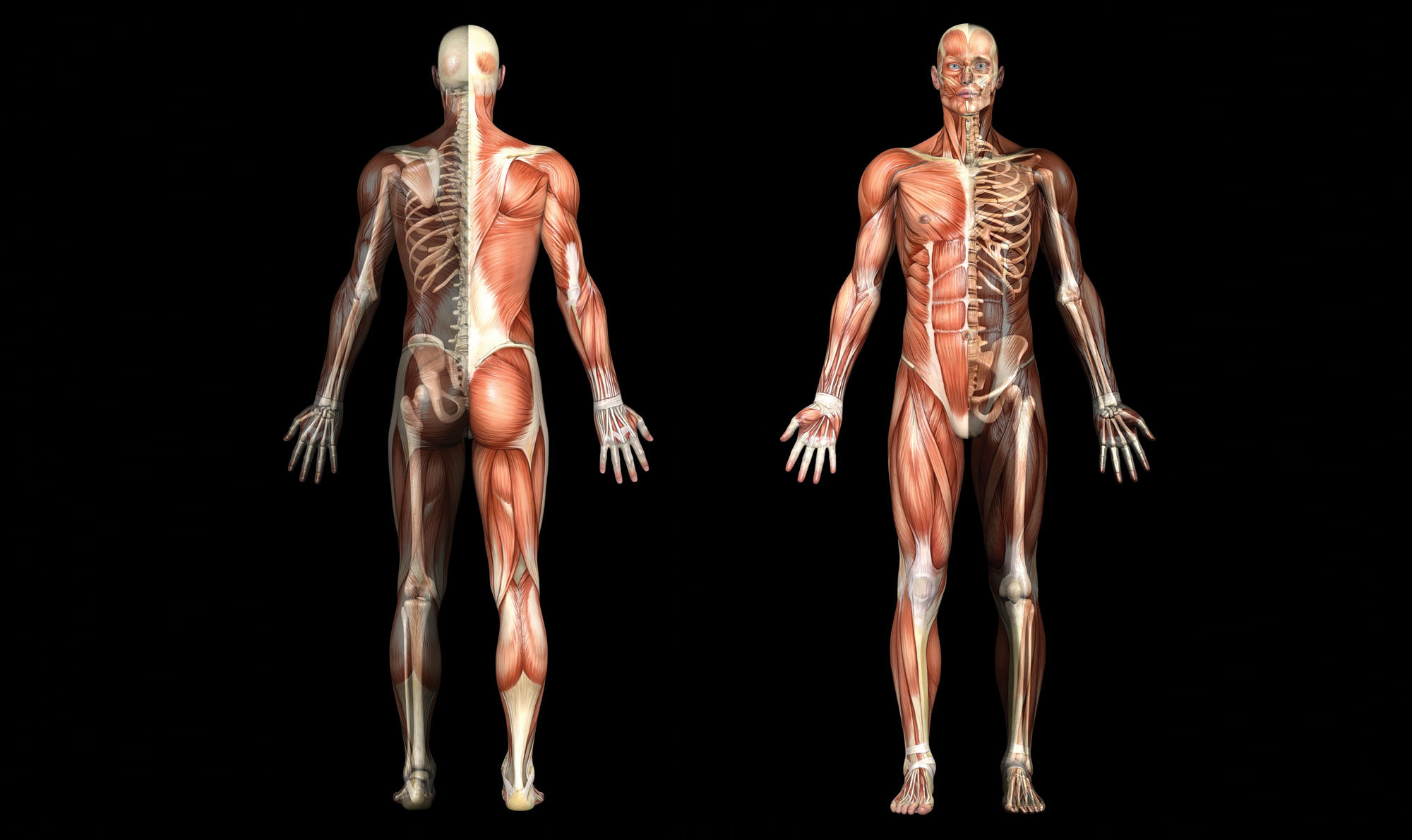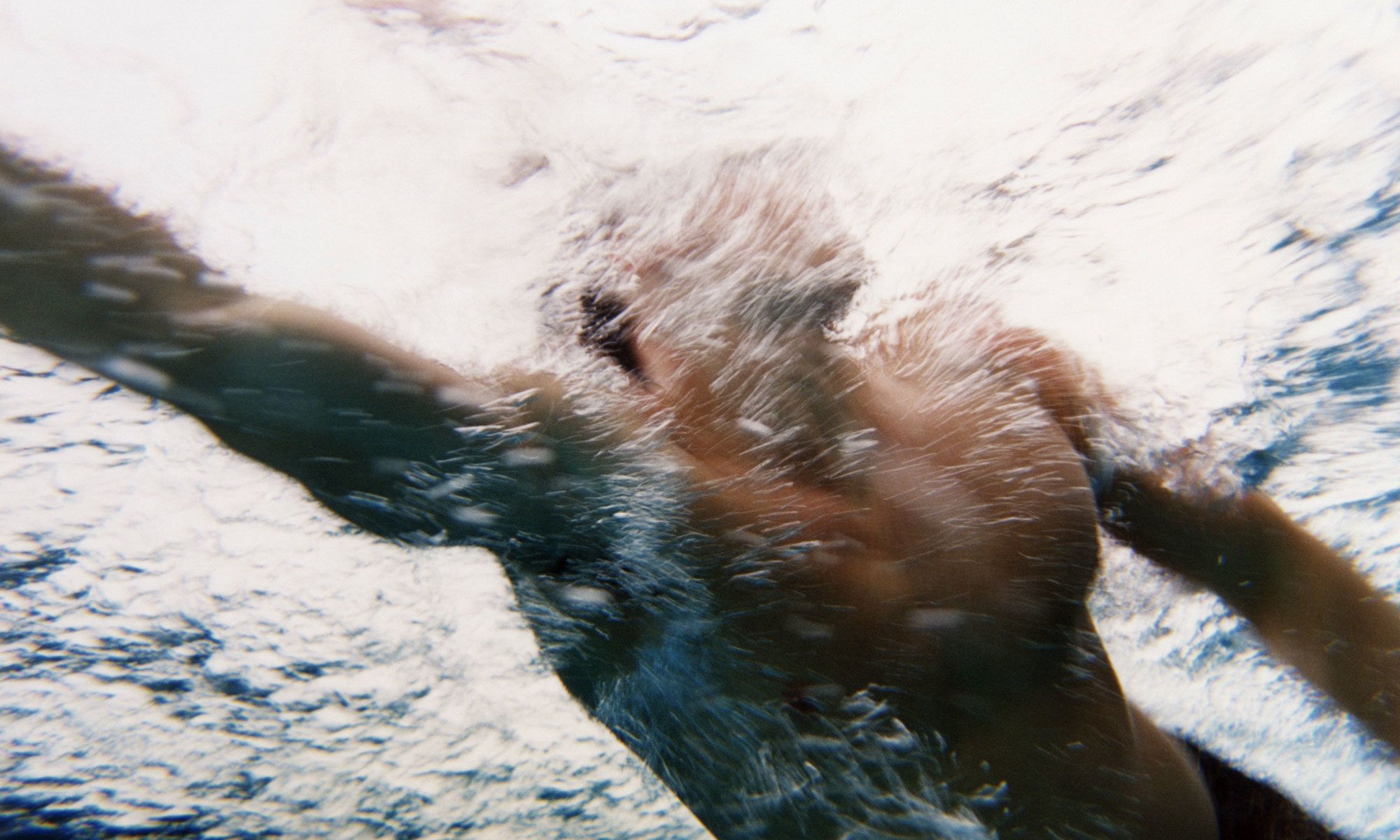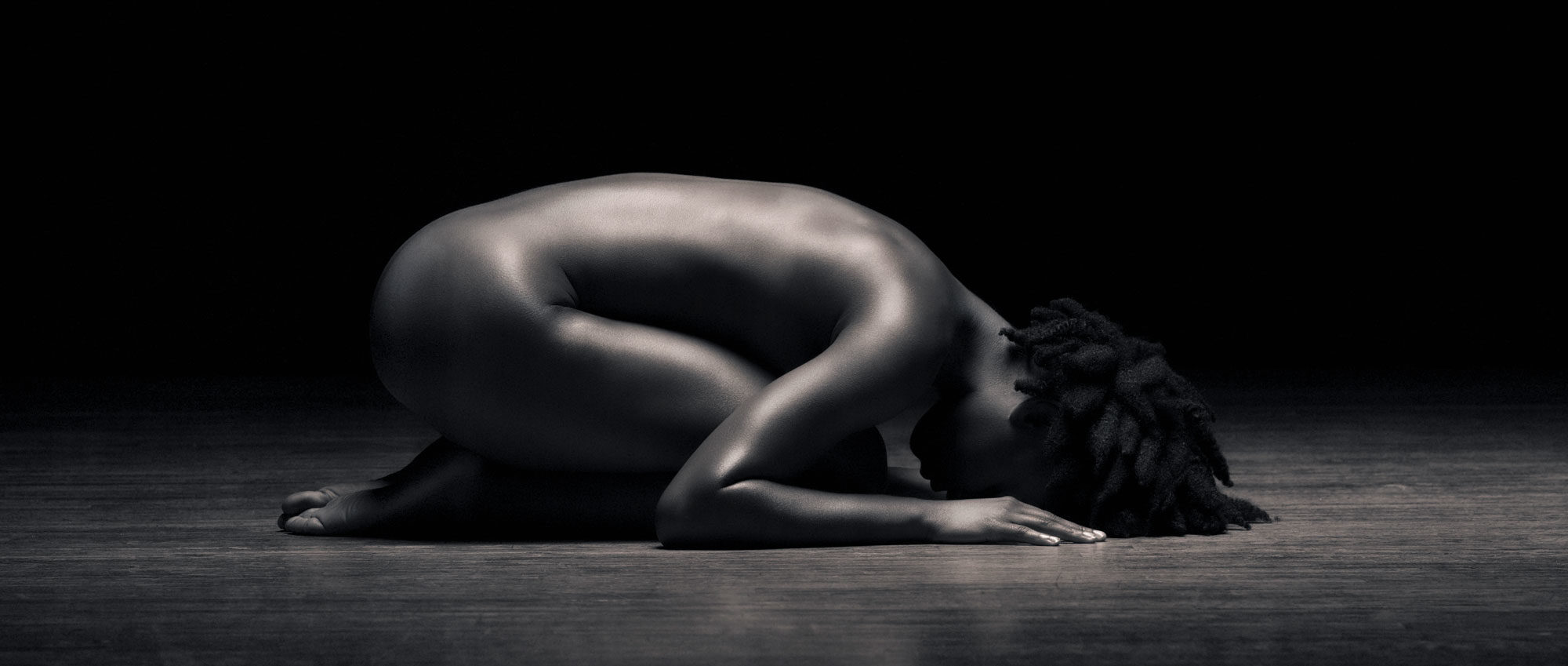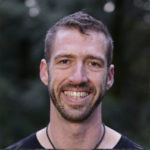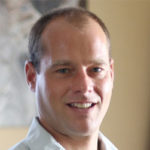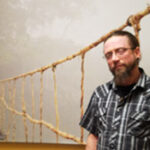Structural Integration Therapists:
Brian Johnson | Trevor Getsla | Matt Lombard | Mira Wood
My clients are longer when they complete a 10-Series. A 10-Series is what we call the process that a client goes through in a traditional Rolf Method Structural Integration process, Rolfing®. The beautiful thing about their new found length is that it is an easy, relaxed and supported length.
The Rolfing® 10-Series Outline
Often when someone wants to become taller they position themselves straight as a pole, like a million soldiers standing at attention and trying to seem bigger than big. This is posturing. Posturing is the art of trying to make your body do something that is really out of character for its normal state. This is the reason why it’s so hard to ‘sit up straight’ or ‘stand with your shoulders back’ for any length of time. The body, frankly, is not ready to be that long. There is too much stuff in the way. Fascial build-up, old trauma, muscular adhesion, twisted joints, habitual actions and developmental patterns are all in the way.
A 10-Series is designed to systematically go through the body and clear a lot of those restrictions. By going through the body step by step and cleaning out the fascial ‘cobwebs’ you will feel as though the body has reached some new height of flexibility and ease, when in actuality it is a RETURN to length that we provide. The potential is right there in all of us to be long, flexible, supported, balanced and spry. With a 10-Series we give the body back it’s potential by freeing it of restriction.
Sound great right? It is. It’s more than that. It’s life changing.
The specific benefits are hard to outline because when the body returns to supported length many issues that plague us from day to day disappear. The body begins to find support and ease of movement in the world and all of the sudden those aches and pains that have been there forever are just….gone.
To give a benefits list is not as impressive as having a body that just works, but here are a few simple things:
- Ease of movement
- Increased Flexibility
- Less Joint Pain
- Standing and Sitting are easier and less stressful
- Walking and Running feel good again
- Fluidity in the Spine
- Low Back Pain eased
- Neck Pain gone
- Shoulder mobility improved
- etc., etc.
It’s not that Structural Integration is a magic pill and a cure-all. It’s simply that when the body is cleared of it’s many fascial restrictions it is able to heal ITSELF. Easy, fluid, supported movement will fix most of these body issues. That’s what we hope to achieve for you.
Learn More about the Rolfing® 10-Series
Learn more about our Rolfers: Brian Johnson, Matt Lombard, Trevor Getsla and Mira Wood

